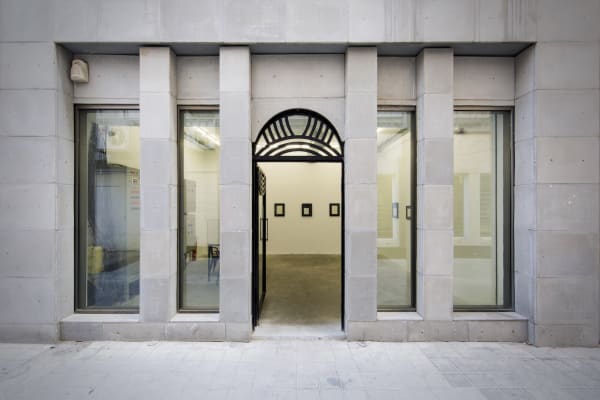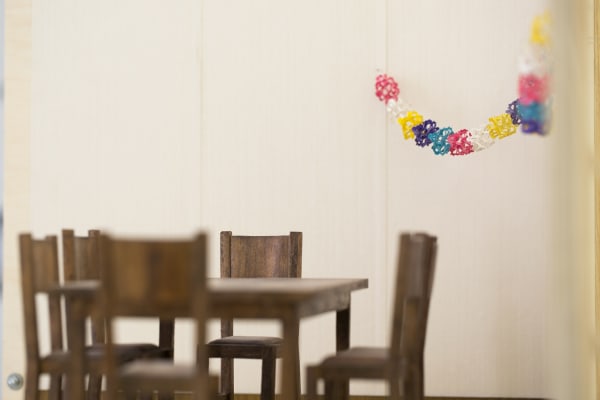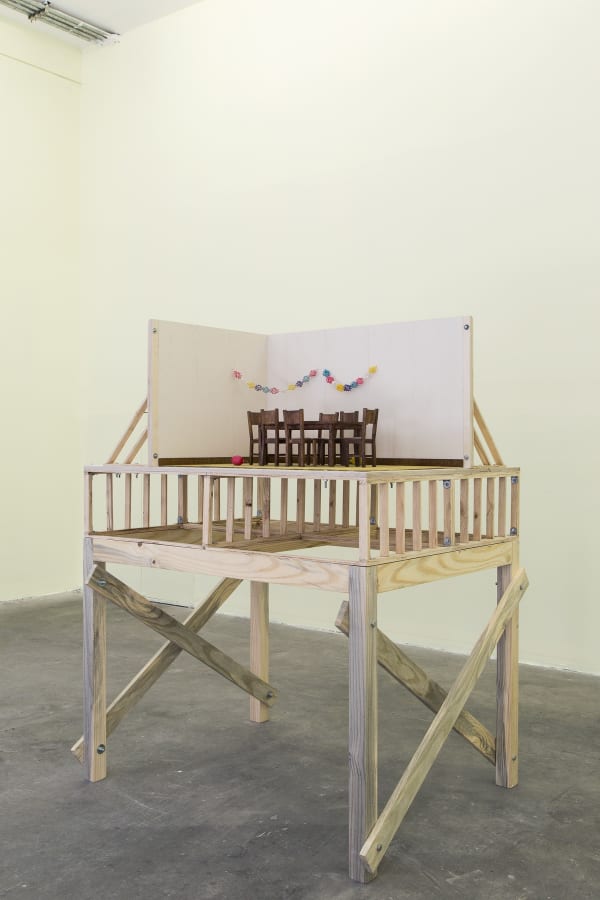Aisa Rashid | "Interrupted": Electric Room 35/50
-

"HORMOZ HEMATIAN & ASHKAN ZAHRAEI, Electric Room, art under high tension"
Anahita's Eye December 11, 2018Anahita's Eye has recently published an interview with Hormoz Hematian and Ashkan Zahraei discussing the 50-project long program of Electric Room (in EN, FR, DE)....Read more -

"Shifting Perspective from Art to Research"
Tosee Irani October 21, 2018Tosee Irani have recently published an article by Alireza Bakhshi Ostowar on the Electric Room (in Farsi). Click here to read it in full.Read more -

"Experimental Art Can Stand Independently"
Honaronline October 14, 2018Honaronline have recently published an interview with Ashkan Zahraei discussing The Electric Room project (in Farsi). Click here to read it in full.Read more
Dastan is pleased to announce “Interrupted”, a presentation by Aisa Rashid at Electric Room. The show will be open to public view from May 18 to May 23, 2018.
Aisa Rashid (b. 1985, Tehran, Iran) is a graduate of Sculpture from Tehran Art University. She uses a variety of media including writing, photography and three-dimensional work as a blank slate for practicing her narrative means of expression.
One of the main inspirations for “Expected Moments” —the series which “Interrupted” is part of— was the artist’s continuous use of photography. She explains: “When I first started taking photos, I felt entering a new realm of possibilities for story-telling. The starting point of photography is not a blank paper but the chaos that I need to reduce into the camera’s frame —to present my story in one moment.”
Her focus on photography caused her to focus on dividing moments —the “chaos*” between the past and the future— in her three-dimensional pieces. Meanwhile, the same approach directed her to maximize her story-telling elements while keeping the represented objects at minimum.
“Expected Moments” is an effort for creating momentary narrative experiences through the use of different techniques. The works in this series are presented like ‘recreations’ and have a set-like appearance. The artist has created a ‘set’, arranging its actors without ever making them present, to depict the effect of their spontaneous disappearing.
In “Interrupted”, the viewer encounters not the interactions between the characters, but the impact of their sudden absence in a rift in a cross-section of time. The artist’s reference to the opening lines of “The Trial” (Franz Kafka, 1925) and the sudden arresting of the book’s protagonist —who has not committed anything truly wrong— is towards the same objective. It is as if the characters of the artist’s scene have evaporated, but this omission works like an unanticipated deletion of the actors in a busy play. An unassuming reference to “The Birthday Party” (Harold Pinter, 1957) carries implications of the fluidity and ambiguity of the elements of time, place, perspective and character, and the obscurity/absurdity of linguistic expressions.
* ‘Chaos’ etymology: late 15th century (denoting a gaping void or chasm) via French and Latin, from Greek khaos ‘vast chasm, void’.















